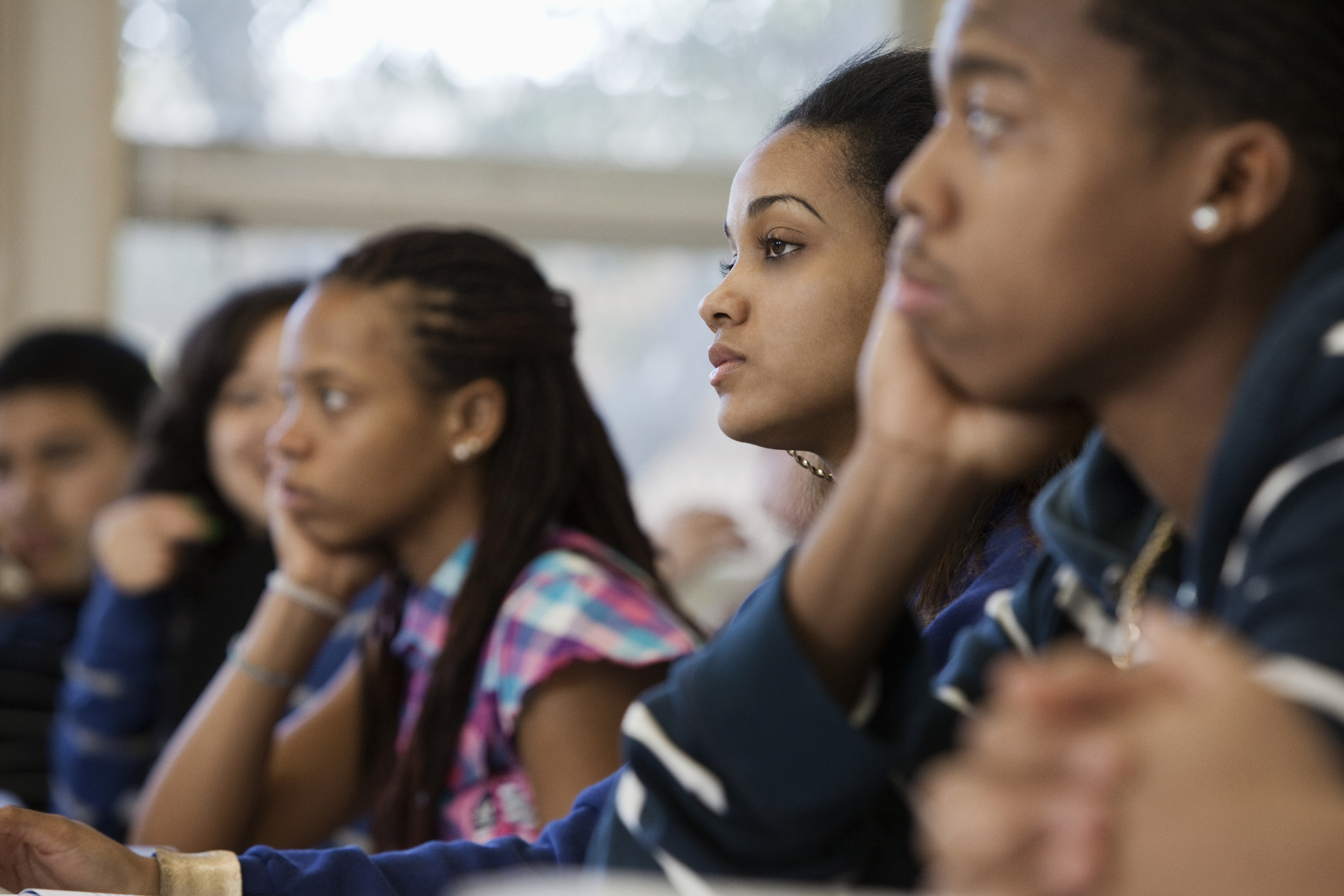Majority of Underserved High School Students Plan to Pursue College, but Less Than Half Think It’s Necessary
 Credit: Image Credit: Hill Street Studios / DigitalVision / Getty Images
Credit: Image Credit: Hill Street Studios / DigitalVision / Getty Images- Eighty-three percent of underserved students feel pressured to pursue a postsecondary education after high school.
- But only 47% of these students plan to pursue a four-year degree; the remainder of students are open to other options.
- Regardless of their chosen path, the majority of underserved students report having confidence in their personal future.
Black, Indigenous, and people of color (BIPOC), low-income, and first-generation high school students are often encouraged to pursue college to increase their socioeconomic mobility.
A new survey conducted by ECMC Group reveals that the overwhelming majority of these students (82%) plan to pursue a postsecondary education at some point, but only 45% believe it’s actually necessary.
This isn’t the first time Generation Z high schoolers have expressed their belief that a college education may not be a necessity for future success. In a 2022 BestColleges survey, 66% of Gen Z students who hadn’t yet enrolled in an undergraduate program but were planning to said the same.
For underserved students, however, 83% report they feel pressured to pursue further education. That pressure comes primarily from themselves, closely followed by their family and society as a whole.
Despite this pressure, only 47% of these students are considering pursuing a four-year degree, with first-generation students most likely to pursue this option (52%).
Other pathways underserved students are considering include a side gig or job (31%), starting their own business (27%), or community college (20%). And 34% of underserved students say they actually feel more comfortable pursuing an option other than a four-year college due to the pandemic.
Regardless of what options they are considering, around 80% of underserved students believe it is important to have their career plan determined by high school graduation, and around 70% have already begun exploring their future career path.
Underserved Gen Z High Schoolers Are Confident and Know What They Want Out of a Post-High School Education
Though they may not know exactly what path they’ll take post-graduation, underserved high school students believe in the importance of skill-based learning and real-world experience in whatever they decide to do.
Nearly 3 in 5 students (58%) say a skill-based education makes sense in today’s world, while 7 in 10 students (70%) say it’s important to have internships/apprenticeships for their future career/job field in a post-high school education.
A third of students (33%) also say that regardless of what path they choose, their post-high school education should only include subjects directly related to their program or major, and 55% say their post-high school education should be less than four years.
While very few students express having confidence in the world around them (18%), the majority report having confidence in their personal future (60%).
It’s clear that while underserved high school students are still considering all options for what to do after graduating, they are ready for the next step in their educational journey and know exactly what they do — and don’t — want it to look like.
To best support these students, schools need to offer further guidance on varying educational pathways that can help them achieve their future goals.